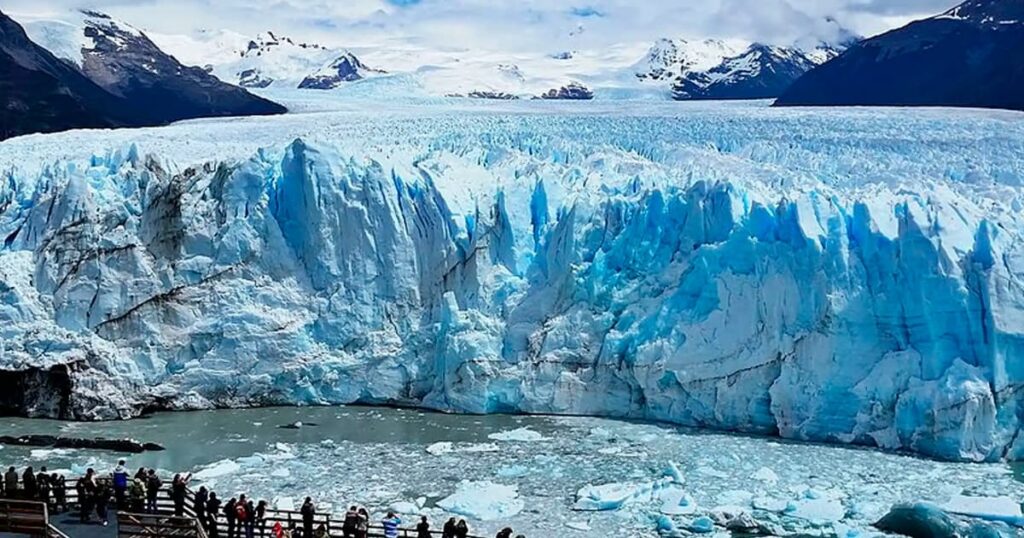
Tips for Driving in Patagonia
Imagine this: you’re in the middle of Route 40, more than 100 kilometers from the nearest town, with side winds, loose gravel, and snowfall that wasn’t in the forecast. What do you do? Do you keep going? Do you wait? Do you turn back? If you’re thinking about driving through Argentine Patagonia, you’d better keep reading. Because here we share everything we learned while exploring these extreme landscapes… behind the wheel.
What are the road conditions like in Patagonia?
Patagonia is an immense and diverse region. Roads can range from perfectly paved highways to stretches of gravel with loose stones, mud, or ice. The most well-known routes are National Route 40, which runs along the Andes, and Route 3, which follows the coast. Both offer spectacular scenery, but also real challenges for drivers.
Pavement, gravel, and “washboard” roads
On many parts of Route 40, you’ll come across what locals call “pianitos” (washboard sections): those ripples that seem harmless but can make your coffee jump out of the cup holder. Gravel can be tricky; it looks solid but forces you to drive slowly, especially on curves or when it rains. And if you’re coming from cities like Buenos Aires or Rosario, where roads are more predictable, this can catch you off guard.
Tips for driving in Patagonia
There’s no room for improvisation out here. Every kilometer counts, and every decision can be the difference between an unforgettable adventure and a serious problem.
Driving on gravel
First rule: never brake suddenly. Gravel doesn’t forgive. If you need to slow down, use engine braking. It’s also key to maintain a steady speed and avoid sudden steering movements. Some locals will tell you: “Drive like the Vizcacha: slow, steady, and unhurried.” And they’re not wrong.
Vehicle preparation and equipment
In all our Invernalia vehicles we always carry a spare fuel can, a small shovel, snow chains (in winter), a flashlight, water, and a good offline playlist… because in many stretches there’s no signal. Check tire pressure, oil, and make sure you have a spare tire and a jack.
Recommended routes in Argentine Patagonia
One of the favorites is the Ruta de los 7 Lagos (Route of the 7 Lakes), between San Martín de los Andes and Villa La Angostura. It’s just 110 km, but every curve looks like a postcard. If you have more time, you can drive the full stretch from Bariloche to El Chaltén along Route 40: it’s long, but epic.
If you prefer something more coastal, Route 3 offers gems like Puerto Madryn, Península Valdés, and even Ushuaia, if you’re up for crossing through Chile by ferry.
Where to eat or dine in Bariloche, Chapelco, and Puerto Montt?
After driving all day, a good meal is the best reward. In Bariloche, don’t miss Alto el Fuego for amazing grilled meats, or La Fonda del Tío for hearty homemade food. In Chapelco (San Martín de los Andes), Morphen is a modern classic with views and signature dishes. And in Puerto Montt, across the border, you’ve got Restaurante Pa’ Mar Adentro, ideal for fresh seafood with views of the Pacific Ocean.
My personal experience as part of Invernalia
As part of the Invernalia Rent a Car team, I’ve driven all these roads — from unexpected storms near Villa Traful to endless stretches without another car in sight between Perito Moreno and Río Mayo. The most important thing I learned: preparation is everything. You can have the best vehicle, but if you don’t know where you’re going, what the conditions are, or what to expect, Patagonia will make you pay for it.
Is it worth driving in Patagonia?
Yes. A thousand times yes. Because no tour and no agency will show you Patagonia the way you experience it when you discover it yourself — driving at your own pace, stopping wherever you want, with no schedules. But one thing: respect the road. Patagonia is beautiful, but also wild. Drive with respect and preparation.
And you? Are you up for it?
Back to the question at the beginning… If you’re alone, far from everything, and a storm is coming… What do you do? The right answer is: you plan so that doesn’t happen. And if it does happen, you’re not caught off guard. At Invernalia Rent a Car, we give you the ideal vehicle, but also the knowledge and tips to make your trip through Patagonia as unforgettable as it is safe.
What was the most extreme situation you experienced driving through these landscapes? Tell us, we love reading real stories.
